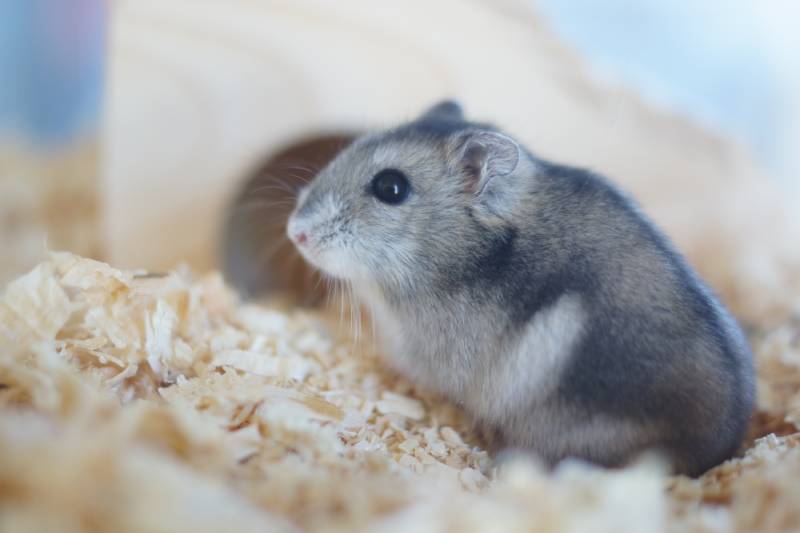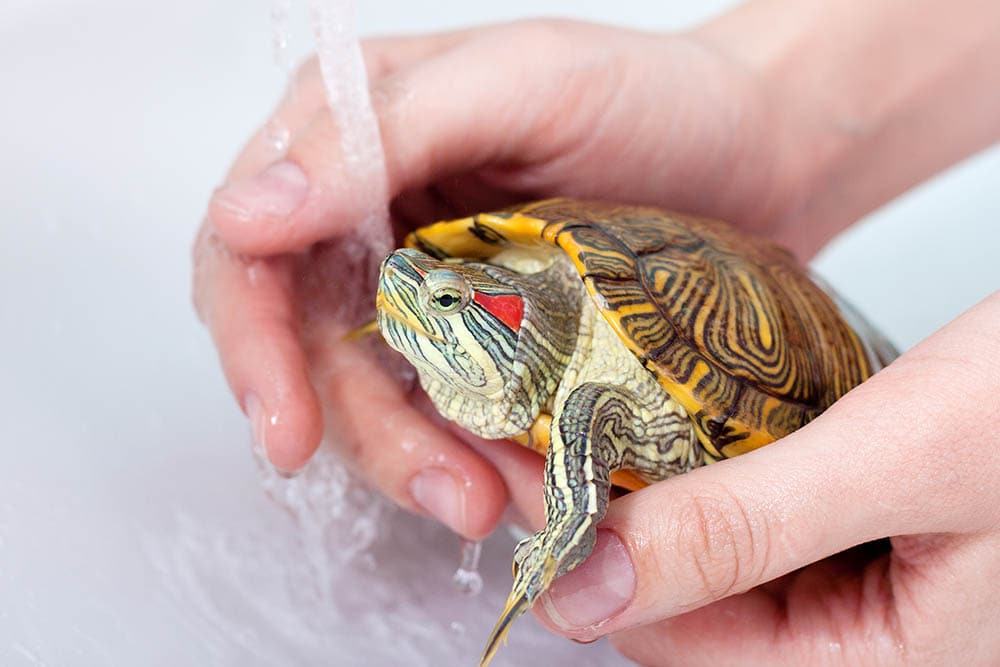VET APPROVED

The information is current and up-to-date in accordance with the latest veterinarian research.
Learn more »Hamsters are very sensitive to drugs and chemicals, and the side effects can be rather severe. Depending on the level of exposure, the pet can become disoriented, experience seizures, or even get long-term damage to the nervous system. In the worst-case scenario, the rodent may even die!
So, why does this happen? How do you protect the hamster from drugs? Let’s find out.

Do Hamsters Really Get High?
The short answer is yes, they do. Much like humans, hamsters have so-called “cannabinoid receptors.” That’s how they get high from marijuana. Even if they’re just dwelling in the same room with you, the second-hand smoke will still have an effect. And since these rodents are rather tiny, it doesn’t take much to get them “faded.”
Hamsters have been used as a model to investigate the effects of cannabinoids on the circadian rhythm1. The results do highlight the potential dangers of cannabinoids on the circadian rhythm, indicating that hamsters are indeed susceptible to “getting high.”
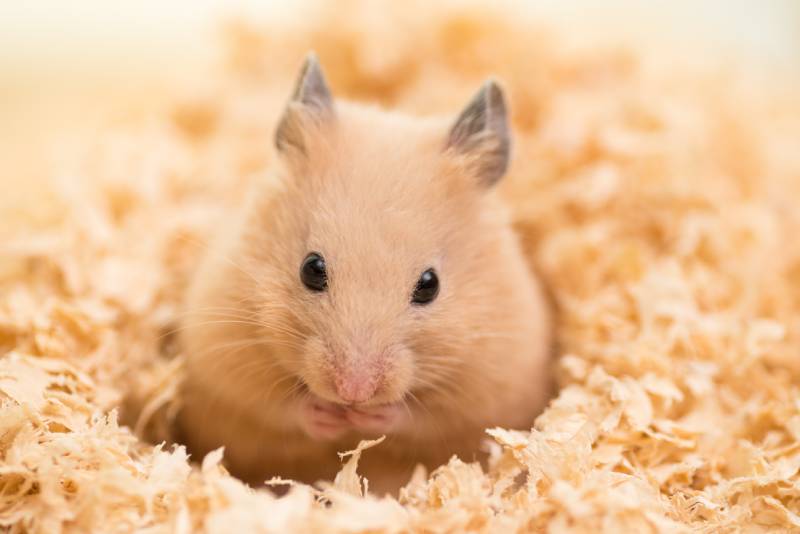
How Does Vaping and Smoking Affect Hamsters?
Lack of coordination, lethargy, and stress are the most common side effects of nicotine and cannabis exposure. Hamsters have been extensively used as models for better understanding human respiratory ailments2; therefore, smoking and vaping can definitely affect them in adverse ways.
Consumption of cannabis and other psychoactive drugs may even kill a hamster! These creatures are simply not built to withstand any of that. That’s why the safety of the pet should always be the top priority.
- Lethargy, drowsiness, lack of activity
- Loss of coordination, difficulty walking or standing
- The pet will become restless, anxious, and stressed
- Partial or complete loss of appetite
- Problems with the respiratory system, rapid breathing
- Seizures and dilated pupils
- Psychological damage to the nervous system
- Confusion, disorientation, trouble navigating
- Death (when exposed to abnormal doses of harmful drugs)
- Drugs negatively affect the rodent’s hearing and sense of smell
- The cognitive abilities may also be altered
- Hamsters have no means of processing or neutralizing drugs
Sometimes, high-as-a-kite hamsters may exhibit a change in behavioral patterns. For example, instead of becoming dizzy and lethargic, they get more active. You might also notice the pet being more aggressive, especially if there are other domestic animals in the house. Some squeaking may be a part of the deal as well.
Is Cannabis the Only Hazard? What About Other Plants?
Smoke and vapors spread rapidly and can fill a large room in less than a minute. And since cigarettes and vaping are very common, this is how most hamsters (or other rodents) get high.
Or it can be any other herb or chemical/psychoactive product like coca, opium, narcotic lichen, or yage. Even a garden or house plant can be a hazard for hamsters. And let’s not forget about cocaine, alcohol, caffeine, and chocolate. These products are not safe for hamsters to ingest, even in tiny portions. For example, the side effects of eating chocolate are very similar to that of getting high.
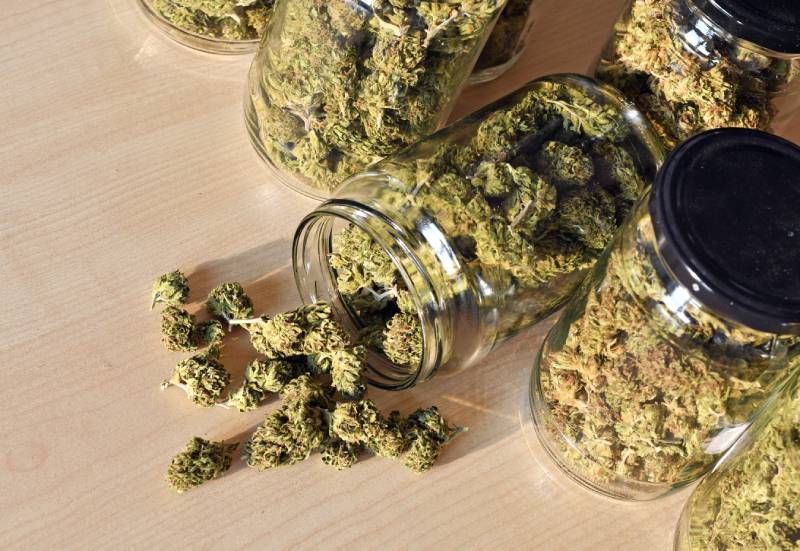
Antibiotic Toxicity: Another Big Issue for Hamsters
Like most domesticated rodents, hamsters are very sensitive to a wide range of antibiotics, especially penicillin. As mentioned, their bodies are not equipped to handle certain chemical compounds. When ingested, the medicine affects the “good” bacteria in the pet’s GI tract and gives the “bad” bacteria the upper hand, leading to a toxic overdose. Even if you apply the product to the skin, the hamster may still die.
- Penicillin
- Bacitracin
- Erythromycin
- Lincomycin
- Tylosin
- Streptomycin
- Procaine additives
This doesn’t mean all antibiotics are hazardous, though. Consult with a vet to learn about the safe drugs/meds for the rodent.

How Do You Keep a Hamster From Getting High? A Quick Guide
So, how does the average pet owner make sure their hamsters are safe and sound? Well, you can always stop smoking, which will be beneficial for both parties. However, marijuana isn’t the only thing that could harm this tiny rodent. Instead, try to follow these simple yet important rules:
- Keep any products and substances that might harm the hamster in a secure place. We’re talking about cigarettes, tobacco, marijuana (and other types of weed), and spirits, including drinks with a low alcohol content. Ideally, the cabinet should be locked on a key, as it’s always better to be safe than sorry.
- Make a rule of never lighting a cigarette or smoking vape when the fluffy bud is around. There are quite a few different vape products on the market, and most of them are bad news for hamsters. No matter how large the room is, the smoke will find its way into the pet’s lungs.
- Don’t leave cigarette or weed butts or full ashtrays in spots that the hamster frequently visits. To get rid of the toxins in the room, clean and steam the floor regularly. Washing your hands should be a part of the routine as well, especially if you’re planning on holding the rodent in your hands and petting it.
- Take your smoking elsewhere. This is an obvious yet effective solution to the problem. As long as you enjoy your cigarette/blunt/vape outdoors, in a room that the hamster doesn’t visit, or in a vehicle, no animal will be harmed. The basement, attic, garage, and porch are all great spots for that.
- Scented products may also turn a hamster’s life into a nightmare. It can be your favorite perfume, cologne, shampoo, deodorant, air freshener, detergent, soap, or even body lotion. It all comes down to the essential oils used in those products. Consult with a veterinarian; they might help you find harmless alternatives.
- Avoid giving the pet any human supplements, meds, or drugs. Their bodies and immune systems work differently, and medication that helps you or a family member could be hazardous for the rodent. Again, talk to a veterinarian to be sure.
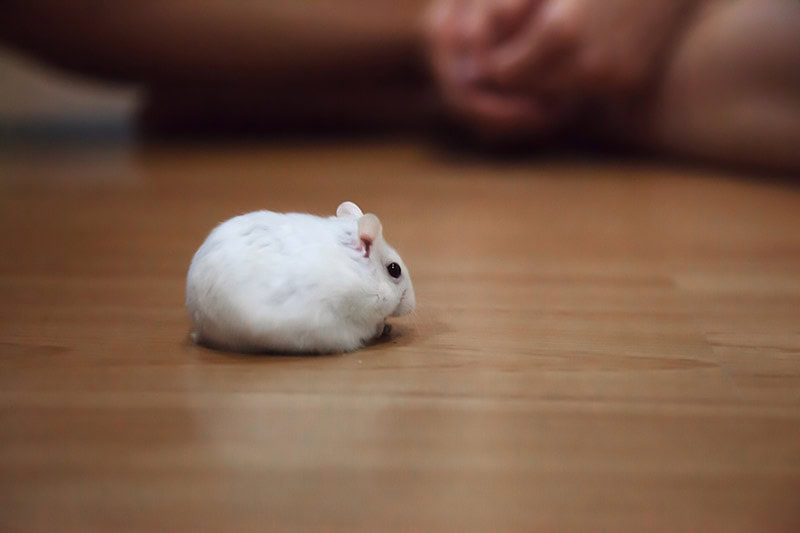
The Hamster Accidentally Got High; What Should You Do?
If you just realized that the pet inhaled some of that “killer smoke,” don’t panic. Instead, act swiftly and remove the drugs from the area. To make sure the pet is okay, take them to a veterinary clinic. You should always take your hamster to a vet if you suspect that they’ve inhaled or ingested cannabis.
As a bonus, once the vets allow you to take your pet back home, shower them with as much comfort as you can. That includes extra cushy bedding, premium-quality food, fresh water, and no more drugs or smoking.

Conclusion
Hamsters are inquisitive, adorable balls of fur, often praised for their miniature size, playful temperament, and modest maintenance needs. That said, you need to be very careful not to expose your pet to certain drugs, types of weed, and antibiotics.
If you smoke marijuana or any other psychoactive drug in the presence of a hamster, that won’t end well. As we learned, the consequences can be catastrophic, including anxiety, loss of appetite, permanent damage, and even a fatal outcome. So, follow the safety tips from our guide and keep the hamster comfy!
- https://thehamstercare.com/safe-plants-for-hamsters-safe-unsafe-herb/
- https://vcahospitals.com/know-your-pet/health-problems-in-rodents
- https://basicrat.com/can-you-get-hamsters-high-the-truth-about-marijuana-and-your-pets-health/
- https://www.preventivevet.com/pets/scents-that-are-harmful-to-your-pets
Featured Image Credit: Makoto_Honda, Shutterstock
